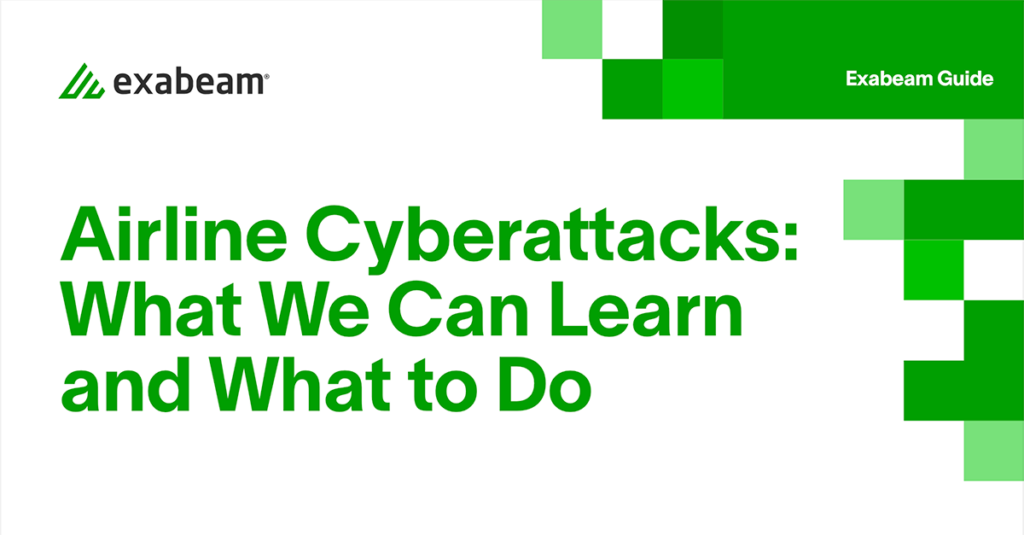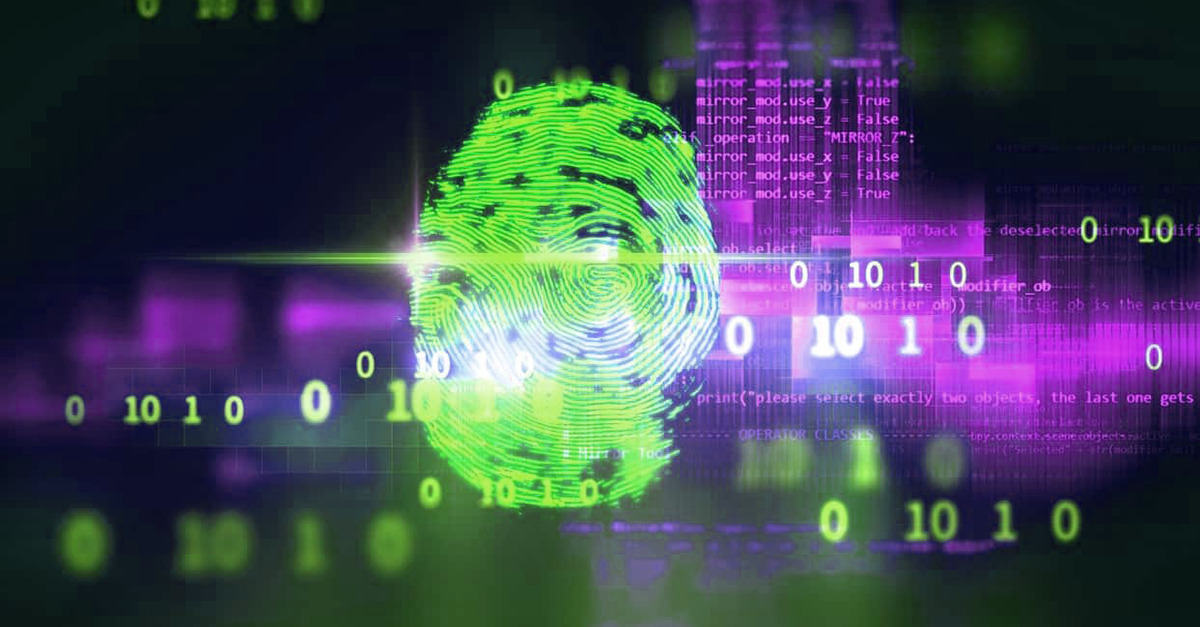Imagine soaring through the skies, carefree, as your flight takes you to your dream destination. While you’re gazing at the clouds, the airline’s IT systems are under siege by cybercriminals. It’s not a plot from a futuristic movie; it’s the reality of today’s world. Buckle up as we explore why airlines are in the crosshairs of cyberattacks and what they can do about it.
In this article:
- A skyrocketing problem
- Decoding the factors behind the turbulence
- Navigating stormy regulatory skies and financial upheaval
- Final approach: safeguarding the skies
A skyrocketing problem
From 2019 to 2020, the aviation industry experienced a jaw-dropping 530% surge in cybersecurity incidents. The most unsettling part? More than half of those incidents were squarely aimed at airlines. This shocking spike highlights a critical truth: Airlines need to improve their security posture with tools and response solutions to protect themselves from these sophisticated threats. We’re about to take a deep dive into the factors that paved the runway for these attacks and the turbulence they caused specifically for airlines.
Decoding the factors behind the turbulence
- Compromised credentials — the keys to the digital kingdom: In 2023, both Southwest and American Airlines fell victim to breaches triggered by compromised credentials. The aftermath? Chaos can reign supreme — from grounded flights to unauthorized access to sensitive information, There’s even the terrifying possibility of data being sold or held for ransom.
The way to defend against compromised credential-related incidents? Employ behavior-based detection, embrace automated threat detection, investigation and response (TDIR), prioritize ongoing education and training, and adopt a coherent framework.
- Loyalty programs — double-edged swords: Loyalty programs aren’t just a passport to rewards; they’re a digital goldmine that are often overlooked from a security perspective. With their easy access, cybercriminals are drawn to them like travelers to duty-free shops. The flip side? Passengers reap rewards, and threat actors potentially score personal data. Case in point: Philippine Airlines (PAL). They recently had cyberintruders swoop in and snatch personal details of loyalty program members from 2015 to 2017.
How to thwart these threats? Adopt a security information and event management (SIEM) solution that has the capability to flag suspicious activities and swiftly detect emerging threats.
- Third-party partnerships — the backdoor entry: Not all threats to airline IT systems take a direct route. With a vast web of partners and suppliers, airlines have inadvertently created digital backdoors. Compromises within these partnerships grant threat actors a first-class ticket into airline networks, putting operations and passenger data at risk.
How to detect and defend against third-party threats? Implement a cloud-native SIEM solution, which provides improved visibility for better detection of anomalies and risk indicators.
- Internet of Things (IoT) devices — connecting vulnerabilities: The airline industry has found endless ways to deploy IoT devices. From monitoring fuel levels to baggage tracking, the evolution of IoT within airlines has allowed them to easily connect with third-party partners or vendors, improve functionality and operational efficiency, lower costs, and improve their customer experience. In the same way that adding third-party vendors and partners increases the attack surface, adding IoT devices has the same impact.
These devices must undergo the same rigor as other devices accessing an airline’s network. This includes ensuring they are properly secured and equipped with the most up-to-date updates and patches.
Navigating stormy regulatory skies and financial upheaval
Staying afloat in the digital age means navigating a sea of regulations. Airlines now need to juggle more rules than a pilot does flight controls. These regulations aim to protect passenger and customer data while fortifying the airline’s core systems. Ignoring them can lead to financial nosedives. For instance, British Airways got hit with a hefty £20 million ($23.4 million) fine for not safeguarding passenger information.
Final approach: safeguarding the skies
So, here’s the landing gear of this story: Airlines are contending with multiple factors that open them up to cyberattacks. Now, they must act — not just by tightening seat belts, but by arming themselves with cutting-edge tools and strategies to protect their IT infrastructure, customer information, and employee data. Deploying a cloud-native SIEM solution that provides analytics capabilities for improved visibility is key. The mission? To fight back against the digital storm and ensure that when your planes soar through the clouds, your airline is as safe online as your crew and passengers are up in the air.
“And every other use case that we had come up with, Exabeam was able to resolve for us within hours as opposed to months or years. So the decision was made and we deployed Exabeam as our SIEM and we haven’t looked back.“
Deborah Wheeler, CISO, Delta Airlines
Watch the interview with Deborah Wheeler, CISO of Delta Airlines, about challenges the airline faced and their selection of Exabeam SIEM.
Want more insights and response strategies to safeguard your airline?
Read our guide, Airline Cyberattacks: What We Can Learn and What to Do.
In the span of just a year, from 2019 to 2020, the aviation industry witnessed an alarming surge — a staggering 530% increase in cybersecurity incidents. Of these incidents, a glaring 61% took aim at airlines in the year 2020 alone. This isn’t just a statistic; it’s a resounding wake-up call that resonates with the urgent need for airlines to fortify their defenses and proactively detect and defend against these relentless cyberthreats.
This guide dives into the heart of this issue. It examines four invaluable lessons learned from recent cyberattacks, coupled with actionable strategies to help shield your organization from harm.
You’ll get a clear understanding on lessons learned and response strategies on:
- Compromised credentials: Discover how malicious actors exploit security gaps to gain unauthorized access, and learn the precise steps needed to thwart these breaches.
- Loyalty programs: Understand methods to safeguard your loyalty programs, which hold valuable customer data.
- Escalating regulations: Equip yourself with insights into compliance essentials that not only keep you in line, but also bolster your security posture.
- Vulnerabilities in third-party partnerships: Grasp the intricacies of identifying and mitigating vulnerabilities within your third-party associations.

Similar Posts
Recent Posts
Stay Informed
Subscribe today and we'll send our latest blog posts right to your inbox, so you can stay ahead of the cybercriminals and defend your organization.
See a world-class SIEM solution in action
Most reported breaches involved lost or stolen credentials. How can you keep pace?
Exabeam delivers SOC teams industry-leading analytics, patented anomaly detection, and Smart Timelines to help teams pinpoint the actions that lead to exploits.
Whether you need a SIEM replacement, a legacy SIEM modernization with XDR, Exabeam offers advanced, modular, and cloud-delivered TDIR.
Get a demo today!













